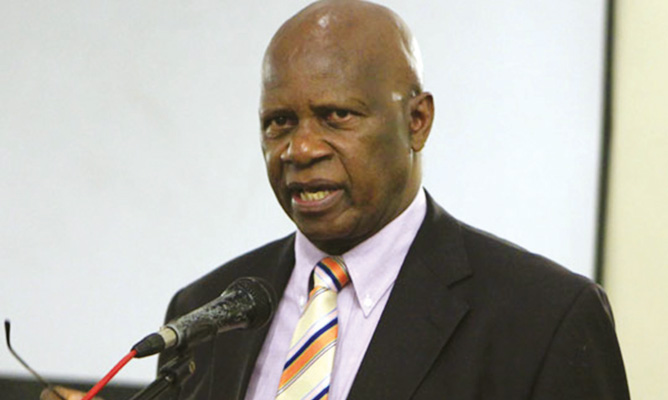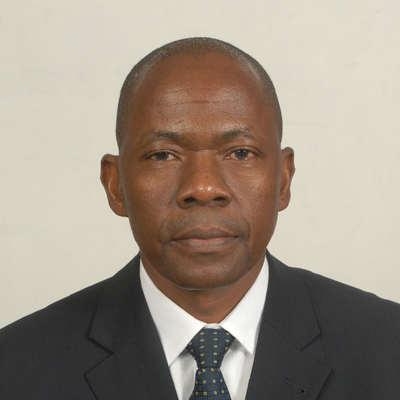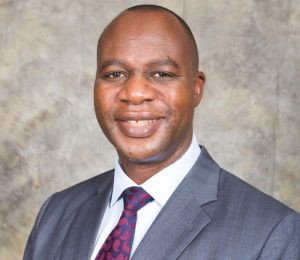
Zimbabwe’s ambition to pay back $1,8 billion to the multilateral creditors within six months will force government to borrow on the domestic market, thereby crowding out the private sector, a public policy analyst has warned.
BY MTHANDAZO NYONI
Zimbabwe owes international funders like World Bank, International Monetary Fund (IMF) and the African Development Bank (AfDB) $1,8bn which has to be paid up in six months.
As part of the strategy, according to Finance minister Patrick Chinamasa, the government would use domestic resources to clear $111 million arrears to the IMF, arrange a bridging finance with regional and international banks to clear $601m owed to AfDB and use a medium to long-term loan facility to clear the $1,1bn arrears to the World Bank Group.

In an analysis of Chinamasa’s 2016 National Budget, a Bulawayo-based policy analyst with the Public Policy Research Institute of Zimbabwe, Butler Tambo said the problem with this strategy was that it would lead to government borrowing through issuance of Treasury Bills to get the money for financing debt clearance.
He said this would deprive the domestic markets of liquidity, therefore, making the cost of borrowing money more expensive for local businesses, as they would have to compete with government for the limited financing available in the local markets.
“This is already in addition to the government intending to borrow an additional $150m to cover the budget deficit. This will have the effect of seeing more company closures as they will not be able to borrow any cheap finance that can be available,” Tambo said.
- Chamisa under fire over US$120K donation
- Mavhunga puts DeMbare into Chibuku quarterfinals
- Pension funds bet on Cabora Bassa oilfields
- Councils defy govt fire tender directive
Keep Reading
Turning to Chinamasa’s 2,7% economic growth projection in 2016, Tambo said it was near impossible and “I believe the country can only do nothing more than 1%, especially considering that industrial capacity utilisation has been on a free fall from 57% in 2011 to 44% in 2012 and was standing at 39% in 2013, but is now at 36% and is ending the year at 30%”.
“We have already failed as a country to reach our own targets of GDP growth that we enunciated under ZimAsset because the blueprint had said the economy will grow by 6,1% in 2013, but we only managed 3,1% and it had said from 2015 onwards the economy will be growing by an average of 7,3%, but the figures above have already disputed the ZimAsset assumptions as fictitious,” Tambo said.
“Because industry is not performing well as seen by these figures, it then boggles the mind how the economy will grow by 2,7% next year.”











